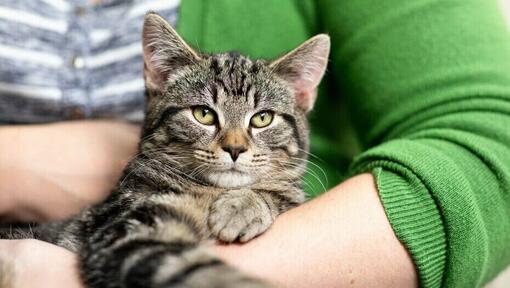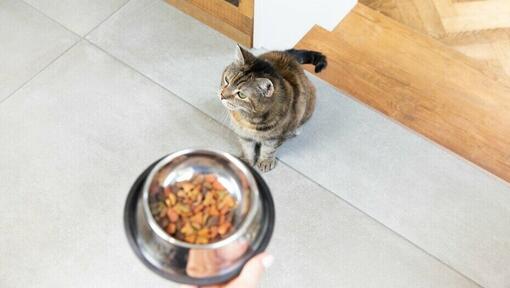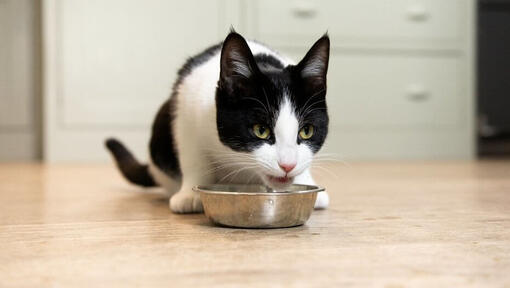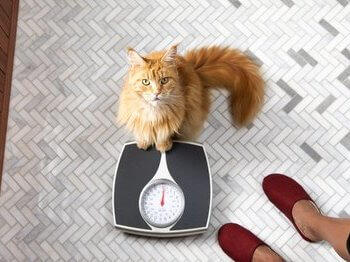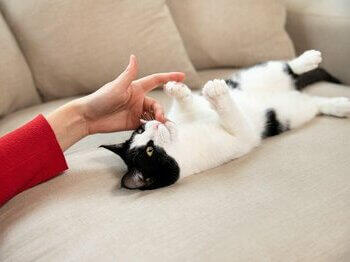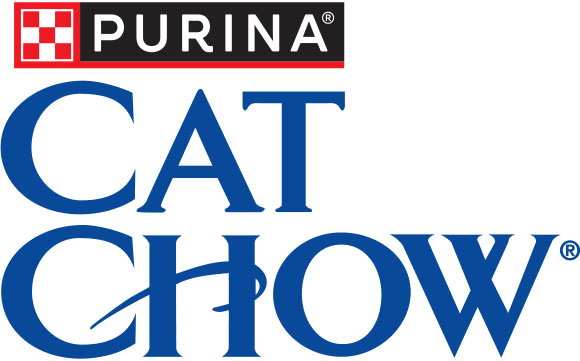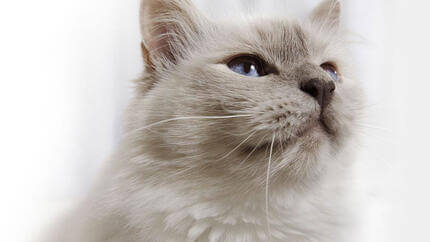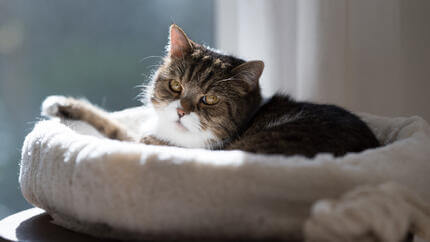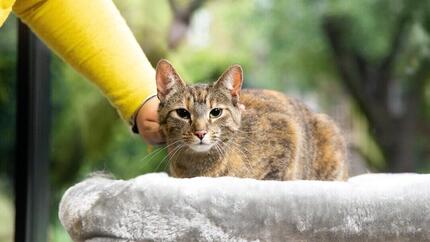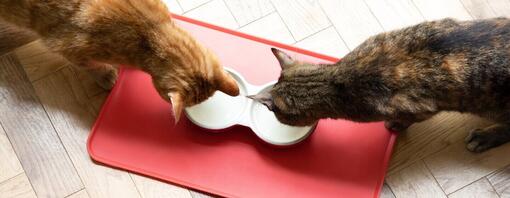
From around the age of seven, you’ll notice that your older cat starts taking life a bit easier - and who can blame them!
A senior cat may start to become less active, spend more time indoors and have a slower metabolism.These can all add up to them putting on weight. Equally, as they reach their geriatric years, illness and a reduction in their sense of taste and smell can affect their appetites, which will have an impact on their body condition.
As felines get older, their nutritional requirements start to change. And as your cat will spend roughly 40% of their life as a senior, it's important that you give them the right food to stay in good shape. In their senior years, more than ever, your cat should eat a high-quality, tasty diet with easy-to-digest protein and a careful balance of key nutrients.
A good senior cat diet provides concentrated high-quality protein, controlled levels of fat, and easy-to-digest carbohydrates for energy. Key minerals support ageing joints, and vitamins, along with proteins, help support the ageing immune system.
What to feed senior cats
It’s generally recommended to move older cats onto a specially formulated senior cat food in preference to a normal ‘adult’ cat food, as long as they don’t have any underlying medical conditions or your vet has advised you otherwise.
Senior cat foods provide high-quality protein and many senior cat foods also contain added vitamin E to strengthen your pet’s natural defences. Importantly they contain fewer calories, helping your pet to maintain their optimum body weight as their activity levels drop. This means your cat can continue to enjoy mealtimes to the full without compromising on the essentials.
As cats age, their sense of smell and taste can fade a little, along with their ability to chew. Smaller, softer pieces will help your older cat get the most out of meals, particularly for sensitive mouths that may have also lost a few teeth. Higher meat content can also improve the smell and flavour of their food, to make it more appealing to them.
As always, when changing to a new food, you should do so slowly. Start by offering it at the same time as the old diet, slowly building up the proportion over a week to ten days until you are only feeding the new senior formula food. If your elderly feline refuses to eat a new food, consult your vet as there could be a medical reason for this. Don’t worry, as your vet can advise you on alternative formulas if needed.
"As cats age, their sense of smell and taste can fade a little, along with their ability to chew."
How to feed senior cats
Feed older cats little and often, as they may feel overwhelmed by a large amount of food. So long as they don’t have a medical condition that makes them unsuitable, you can also offer the occasional treat.
Serve food at room temperature so that your cat can taste and smell it properly. If you’re feeding wet food, you’ll need to remove opened cans or pouches from the fridge around two hours before feeding time. It’s fine to use a microwave to warm wet foods through, but only for a very short time and make sure the food only reaches room temperature, and is never hot. When storing wet food, keep it refrigerated and never keep it opened for longer than 24 hours.
Dry senior cat food
If you’re feeding senior cats dry food, store it in a dry, clean environment. Re-sealable packaging or an airtight container keeps it tasty by sealing in the aroma and stops it from going stale.
How should I feed my senior cat?
It's important to serve food in a clean, low bowl or saucer (some older felines don’t like their whiskers touching the side of the bowl) and don't allow wet food to go dry in the bowl as cats can be very particular about freshness.
Cats are creatures of habit, so it's best to feed them in the same place and at the same time each day. Choose a quiet area, away from the hustle and bustle of daily life and away from where you usually eat. Place feeding bowls away from the litter tray, and preferably also away from their water bowl. If you have more than one cat, keep the bowls a reasonable distance apart to avoid confrontations or bullying. You may need to feed your older cat in a separate area to avoid fast-eating younger cats stealing their food!
How much to feed senior cats
When it comes to older cat diets, follow the feeding guide on the back of the pack. But remember, the guide is only there to give you an idea. Every cat is individual, so the most important thing is to feed your cat enough to maintain a lean, healthy body condition.
Give them plenty of clean, fresh water in a large metal or ceramic bowl. Some cats like to drink outside, so a bowl in the garden might be a good idea too.
It’s common for older cats to put on weight as their activity-levels drop. As overweight and obese cats are more likely to develop diabetes and urinary problems, and are at risk of arthritis, it’s important to take it seriously.
Weigh your pet regularly and assess their body condition score to check that they are a healthy weight. If you notice your older cat is overweight, have a word with your vet. This is particularly important if you’ve noticed your cat is sometimes reluctant to eat, as this maybe a sign of an underlying disease.
The lower calorie levels in senior cat foods can help control weight gain – try one of Purina’s specially formulated 'light' products to help your pet slim down.
Equally, older cats can often get thinner as ageing can affect their health and senses. With a weaker sense of taste and smell, their appetite may decrease.
Changes with their metabolism and digestive system can affect how your cat processes and absorbs food, which can also lead to weight loss. If you notice a change in their eating habits, speak to your vet as a decreased appetite could signal an underlying health problem.
If your vet is confident that there’s no medical reason for their loss of appetite, you can try a few simple techniques yourself to encourage them to eat. For example, try warming the food to room temperature, or adding a small amount of a strong smelling/tasting treat, such as a spoonful of tuna to each meal. Varying the flavour and texture of the food may also help. Make sure the food is easily accessible, particularly if your senior cat has trouble getting around.
Before changing your senior cat’s diet, speak to your vet. They’ll make sure that they are on the best feeding plan to suit their needs and also advise you how to make changes to their diet as easily as possible.

